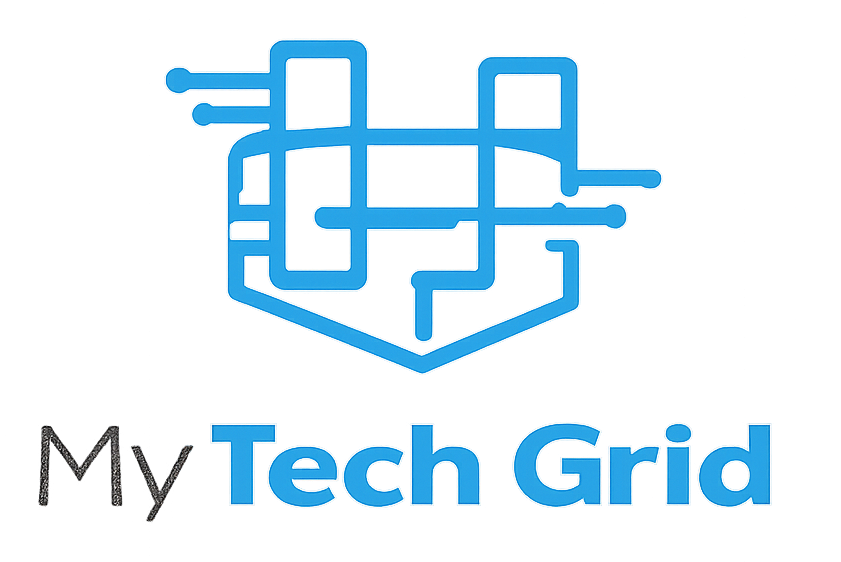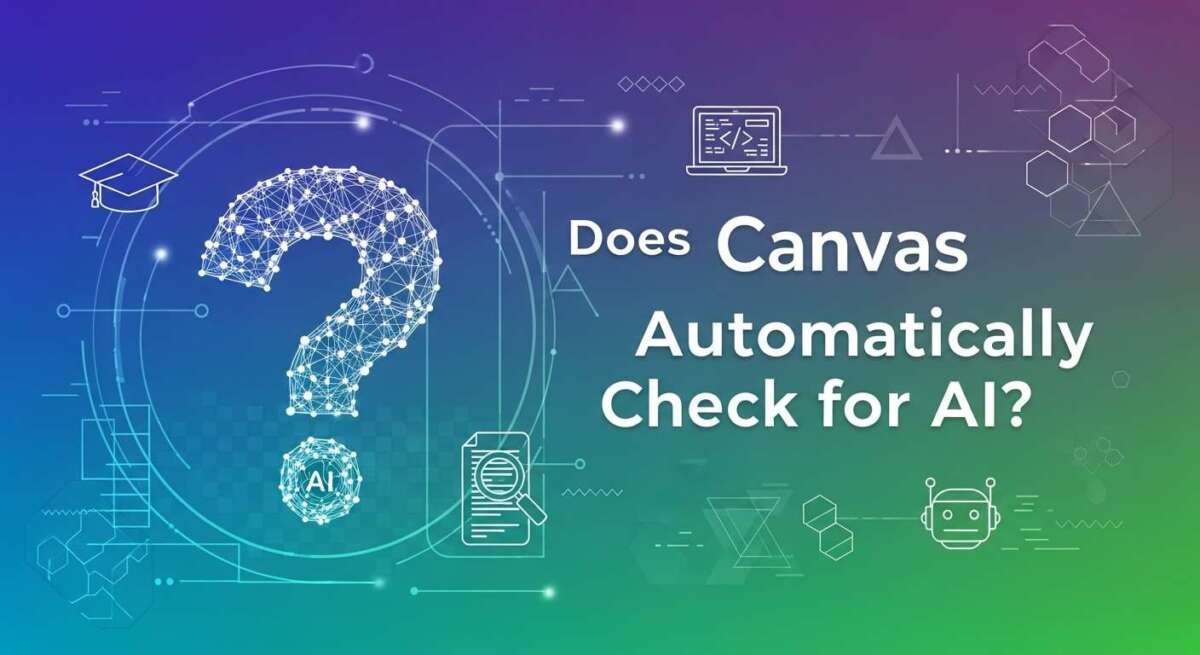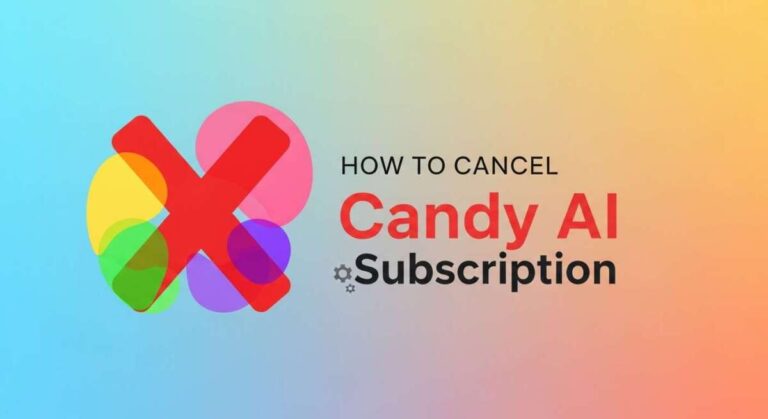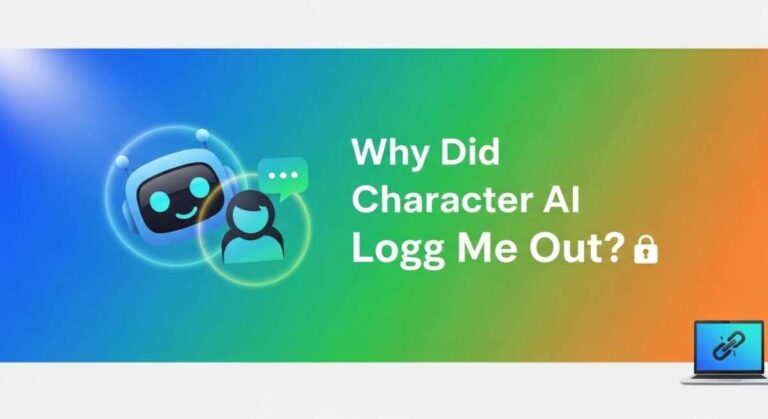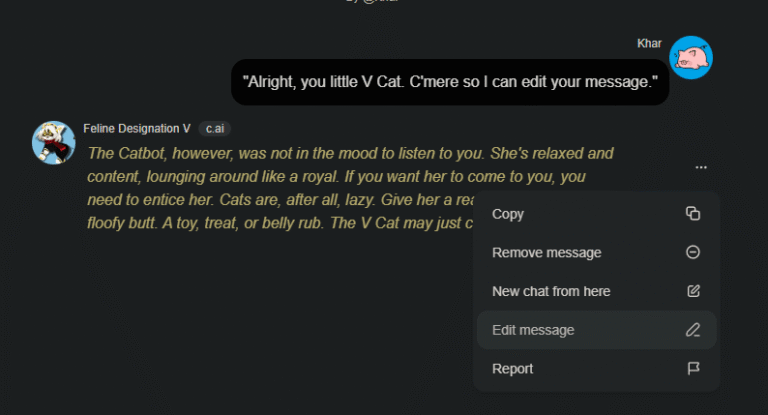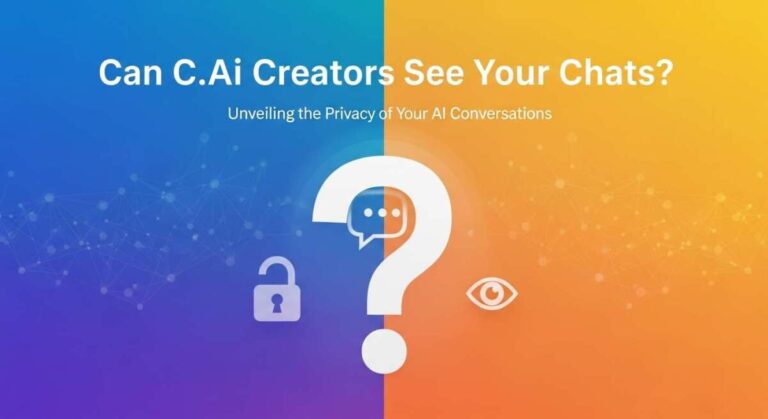Does Canvas Automatically Check for Ai? Truth Revealed!
Are you wondering if Canvas can automatically detect AI-generated content in your quizzes or assignments? You’re not alone.
Many students and educators ask the same question: Does Canvas have a built-in system that spots if you’ve used AI tools like ChatGPT to complete your work? The truth might surprise you. Understanding how Canvas handles AI detection can help you navigate your coursework with confidence and avoid any unexpected surprises.
Keep reading to uncover the facts about Canvas, AI detection, and what really happens behind the scenes when you submit your assignments.
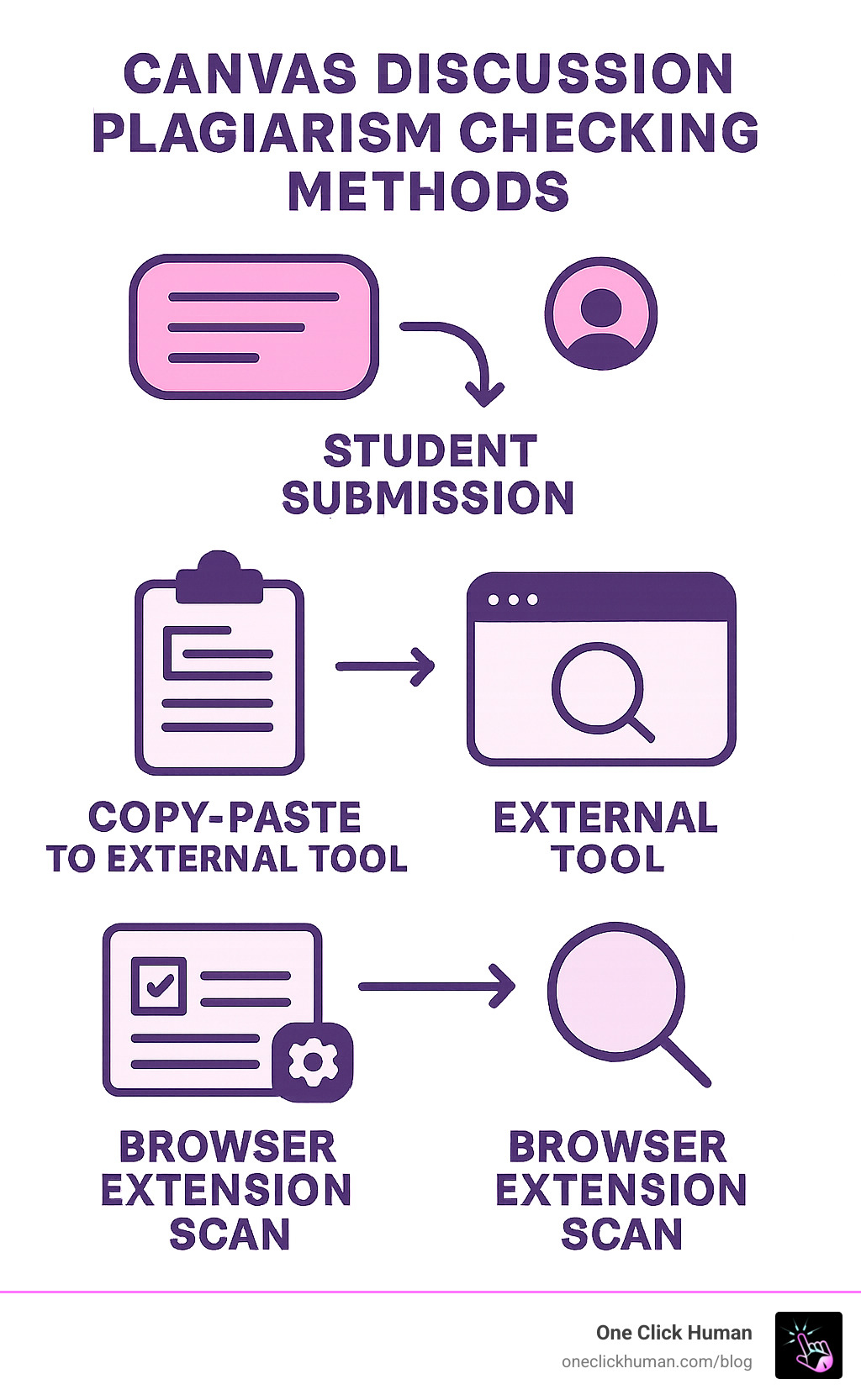
Credit: oneclickhuman.com
Canvas And Ai Detection
Canvas is a popular learning platform used by many schools and universities. It helps instructors manage assignments, quizzes, and grades. Many students wonder if Canvas can automatically detect AI-generated content in their work. The short answer is no. Canvas does not have built-in tools to recognize AI-written text on its own.
Instead, Canvas often integrates with external tools like Turnitin to check for plagiarism. These tools focus on copied or unoriginal content, not specifically on AI detection. Understanding how Canvas handles AI detection is important for both students and instructors.
Limits Of Canvas In Ai Recognition
Canvas itself does not scan submissions for AI-generated text. It lacks the technology to analyze writing style or detect AI patterns. AI detection requires specialized software that is separate from the Canvas platform. Without third-party tools, Canvas cannot tell if a student used AI to write their work.
Even integrated tools like Turnitin focus on text similarity, not AI detection. They check if content matches other sources but do not assess if AI created the text. This means students could submit AI-generated essays without automatic flags in Canvas.
Role Of Instructors In Detection
Instructors play a key role in spotting AI use in student work. They know their students’ writing styles and can notice sudden changes. Teachers may ask students to explain or discuss their assignments to verify understanding.
Some instructors use AI detection tools outside Canvas to scan papers. They combine these results with their judgment. This helps them decide if AI assisted in writing. Clear communication about AI policies also guides students on proper use.

Credit: oneclickhuman.com
Turnitin Integration With Canvas
Canvas offers a built-in integration with Turnitin to help instructors check student work for originality. This integration allows educators to detect potential plagiarism and ensure academic honesty.
Turnitin does not run automatically on every Canvas assignment. Instructors control when and how the tool is used. The integration works smoothly within the Canvas environment to simplify the review process.
Manual Activation By Instructors
Instructors must enable Turnitin for each assignment manually. They choose Turnitin from the “Plagiarism Review” menu in the assignment settings. This action activates Turnitin’s originality check for that specific submission.
Without manual activation, Turnitin will not scan student work. This approach gives instructors control over which assignments require plagiarism checks.
Assignment Types Supported
Turnitin supports file upload and text entry assignments in Canvas. Students can submit documents in common formats like Word or PDF. The tool processes these files to identify matching content within its database.
Assignments that require originality checks should use supported submission types. This ensures Turnitin can analyze the content effectively.
Process After Submission
Once students submit their work, Turnitin automatically scans the content. It compares submissions against a vast database of academic papers, websites, and previously submitted work.
Turnitin generates a Similarity Report that highlights matching text. Instructors can review this report to assess originality and detect potential plagiarism.
How Turnitin Works
Turnitin is a popular tool used by many educators to check for plagiarism and ensure originality. It compares submitted work against a vast database of sources. This helps detect copied content or unintentional similarities. Understanding how Turnitin works clarifies why it is effective in academic settings.
Setting Up Assignments
Instructors create or edit assignments within their course platform. They select Turnitin from the plagiarism options. This step activates the plagiarism check for that specific assignment. Students then submit their work as usual.
Generating Similarity Reports
After submission, Turnitin scans the paper against multiple sources. It checks academic papers, websites, and student submissions. The system produces a Similarity Report showing matched text. This report helps instructors see where content overlaps.
Instructor Controls
Teachers can adjust Turnitin settings based on their needs. They decide if students can view the similarity score. Instructors may also set filters for certain sources. This control allows tailored plagiarism detection for each class.
Detecting Ai-generated Content
Detecting AI-generated content in student work presents new challenges for educators. AI tools can produce text that looks polished and coherent. Teachers must learn how to spot signs that suggest the writing may not be original. Understanding these signs helps maintain academic honesty and fairness. This section covers common indicators, verification methods, and limits of current detection tools.
Signs Of Ai Writing In Student Work
AI-generated text often lacks personal experiences or deep insight. The writing may feel too formal or overly generic. Sentences can be repetitive or use unusual phrases. Students might submit work that is very well-structured but lacks clear argument depth. A sudden change in writing style or vocabulary can also be a clue. These signs do not guarantee AI use but raise suspicion.
Techniques For Verification
Teachers can ask students to explain their work in detail. Oral questioning helps confirm if the student understands the content. Comparing drafts can reveal sudden improvements or inconsistencies. Some tools analyze text for AI patterns, but results are not always clear. Cross-checking with plagiarism software can detect copied material. Combining several methods improves accuracy in identifying AI use.
Limitations Of Current Tools
Detection software often mistakes human writing for AI and vice versa. AI tools evolve quickly, making detection harder. False positives may unfairly accuse students. Many tools require manual review and expert judgment. Some systems do not integrate directly with learning platforms like Canvas. Educators should use detection results carefully and consider multiple factors.
Best Practices For Educators
Educators face challenges in ensuring student work is authentic. Canvas does not automatically check for AI-generated content. Teachers must adopt strategies to encourage honest submissions and properly evaluate work. Best practices help maintain academic integrity and support student learning.
Encouraging Original Work
Create assignments that inspire creativity and personal input. Use prompts that ask for opinions or experiences. Avoid questions that have simple, factual answers. This approach reduces the chance of AI-generated responses. Reward effort and unique ideas to motivate students to produce genuine work.
Using Follow-up Questions
Ask students to explain their answers during or after submission. Follow-up questions reveal their understanding of the topic. Check if they can discuss key points clearly. This helps spot work that might not be their own. It also encourages deeper learning and critical thinking.
Combining Tools And Human Judgment
Use plagiarism detection software alongside personal review. Tools can highlight suspicious content but cannot confirm AI use alone. Review writing style, consistency, and knowledge depth manually. Talk to students about their work to clarify doubts. This blend of methods leads to fair and accurate assessments.

Credit: oneclickhuman.com
Frequently Asked Questions
Can Canvas Quiz Tell If You Use Chatgpt?
Canvas quizzes cannot detect if you use ChatGPT or any AI tools to answer questions. Detection depends on instructor tools.
How To Check If A Student’s Work Is Ai?
Ask students to explain their work’s key points and reasoning clearly. Confusion or vague answers may indicate AI use. Use AI detection tools and plagiarism checkers to support verification.
Does Canvas Automatically Go Through Turnitin?
No, Canvas does not automatically run Turnitin for every assignment. Instructors must enable Turnitin manually per assignment. Turnitin processes submissions only after students upload their work. It works exclusively with Canvas Assignments, not quizzes or discussions.
What Exactly Can Canvas Detect?
Canvas detects plagiarism and similarity in submitted assignments when instructors enable tools like Turnitin. It cannot identify AI-generated content automatically.
Conclusion
Canvas does not automatically check for AI-generated content. Instructors must enable tools like Turnitin manually. These tools scan submitted assignments for copied or suspicious text. Canvas quizzes and discussions do not have built-in AI detection. Teachers can ask students questions to verify their understanding.
Staying honest helps students learn and grow. Always check assignment settings to know if plagiarism tools are active. This ensures fair grading and maintains academic integrity.
